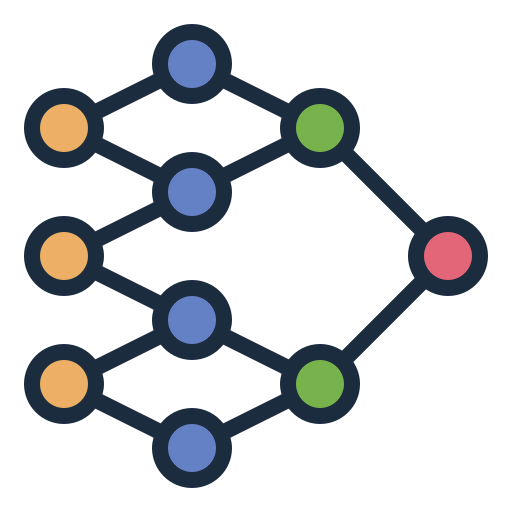The text discusses various optimization algorithms that can be used to improve the training of neural networks beyond the traditional gradient descent algorithm. These algorithms include momentum, Nesterov accelerated gradient, AdaGrad, RMSProp, and Adam. The author provides explanations, equations, and implementation examples for each algorithm. The performance of these algorithms is compared using a simple example. The Adam algorithm is often recommended and commonly used in research, but it’s advisable to try different algorithms to determine the best fit for a specific model.

How to Improve Training Beyond the “Vanilla” Gradient Descent Algorithm
In this article, we will discuss practical solutions to improve the training of neural networks beyond the traditional gradient descent algorithm. We will explore popular optimization algorithms and their variants that can enhance the speed and convergence of training in PyTorch.
Background
In a previous post, we discussed how hyperparameter tuning can improve the performance of neural networks. This process involves finding the optimal values for hyperparameters such as learning rate and number of hidden layers. However, tuning these hyperparameters for large deep neural networks can be slow. To address this, we can use faster optimizers than the traditional gradient descent method.
Recap: Gradient Descent
Before diving into the different optimization algorithms, let’s quickly review gradient descent and its theory. Gradient descent updates the parameters of the model by subtracting the gradient of the parameter with respect to the loss function. A learning rate regulates this process to ensure the parameters are updated appropriately.
Momentum
Momentum is an optimization algorithm that improves upon regular gradient descent by incorporating information about previous gradients. This helps accelerate convergence and dampen oscillations. It can be easily implemented in PyTorch.
Nesterov Accelerated Gradient
Nesterov accelerated gradient (NAG) is a modification of the momentum algorithm that further improves convergence. It measures the gradient slightly ahead of the current parameter value, allowing the algorithm to take a slight step ahead towards the optimal point. NAG can also be implemented in PyTorch.
AdaGrad
AdaGrad is an optimization algorithm that uses an adaptive learning rate. It decays the learning rate more for steeper gradients, ensuring the learning slows down and doesn’t overshoot the optimum. However, it may decay the learning rate too much for neural networks, causing them to stop learning early. Therefore, it’s not generally recommended for training neural networks.
RMSProp
RMSProp fixes the issue of early stopping in Adagrad by only considering recent gradients. It introduces another hyperparameter, beta, to scale down the impact of values inside the diagonal matrix. RMSProp is simple to implement in PyTorch.
Adam
Adam is an optimization algorithm that combines momentum and RMSProp. It is an adaptive learning rate algorithm, so there’s no need to tune the learning rate separately. Adam is widely used and recommended in research. It can be easily applied in PyTorch.
Performance Comparison
We provide code that compares the performance of different optimizers for a simple loss function. The results show that Adam and RMSProp perform well, with RMSProp reaching the optimal value quicker. However, the best optimizer may vary depending on the problem, so it’s worth trying different optimizers to find the most suitable one.
Summary & Further Thoughts
In this article, we explored practical solutions to improve training beyond the traditional gradient descent algorithm. Momentum-based and adaptive-based methods can enhance the performance of neural networks. Adam is often recommended and widely used in research, but it’s important to experiment with different optimizers to find the best fit for your model.
If you’re interested in leveraging AI to evolve your company and stay competitive, consider implementing optimization algorithms like the ones discussed in this article. For AI KPI management advice and AI solutions, connect with us at hello@itinai.com. To stay updated on leveraging AI, follow us on Telegram t.me/itinainews or Twitter @itinaicom.
Spotlight on a Practical AI Solution:
Consider the AI Sales Bot from itinai.com/aisalesbot. This solution automates customer engagement 24/7 and manages interactions across all customer journey stages. Discover how AI can redefine your sales processes and customer engagement by exploring solutions at itinai.com.
List of Useful Links:
- AI Lab in Telegram @aiscrumbot – free consultation
- Optimisation Algorithms: Neural Networks 101
- Towards Data Science – Medium
- Twitter – @itinaicom

























